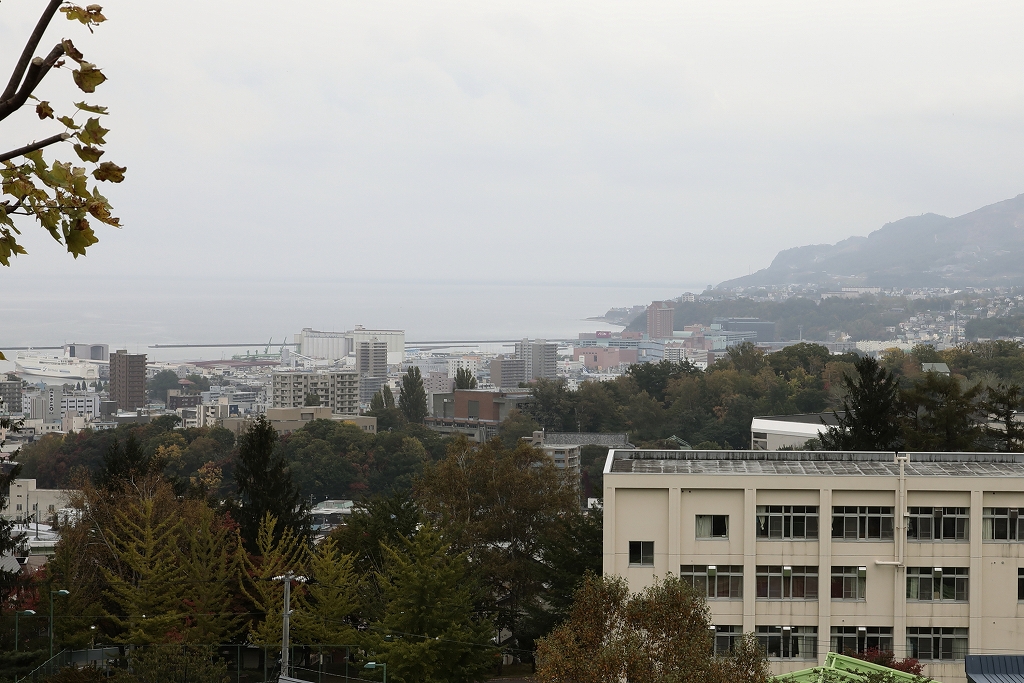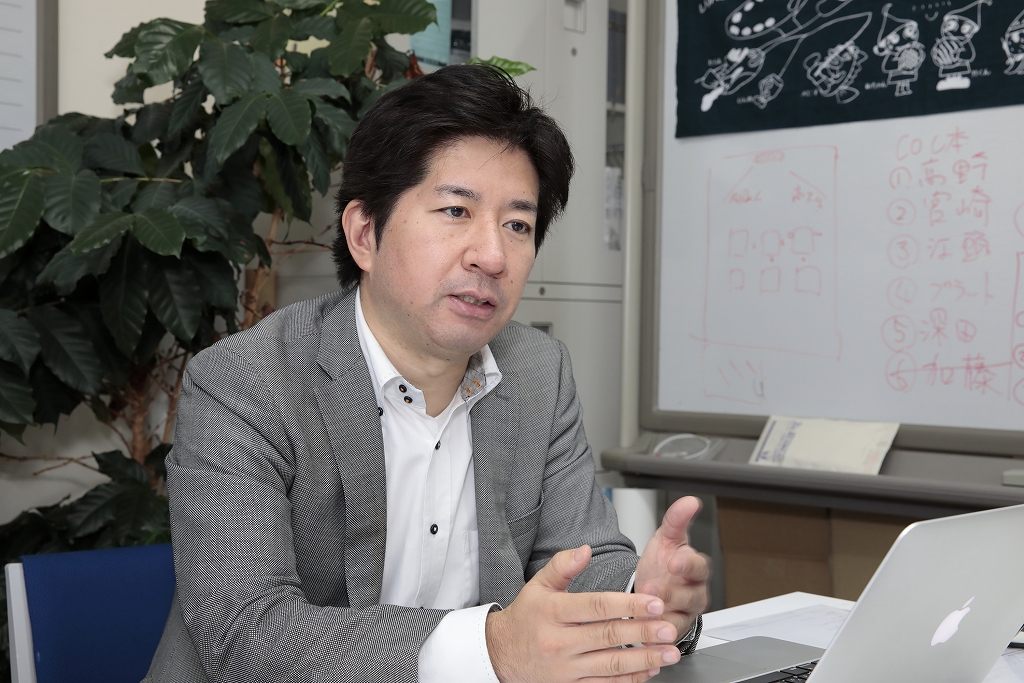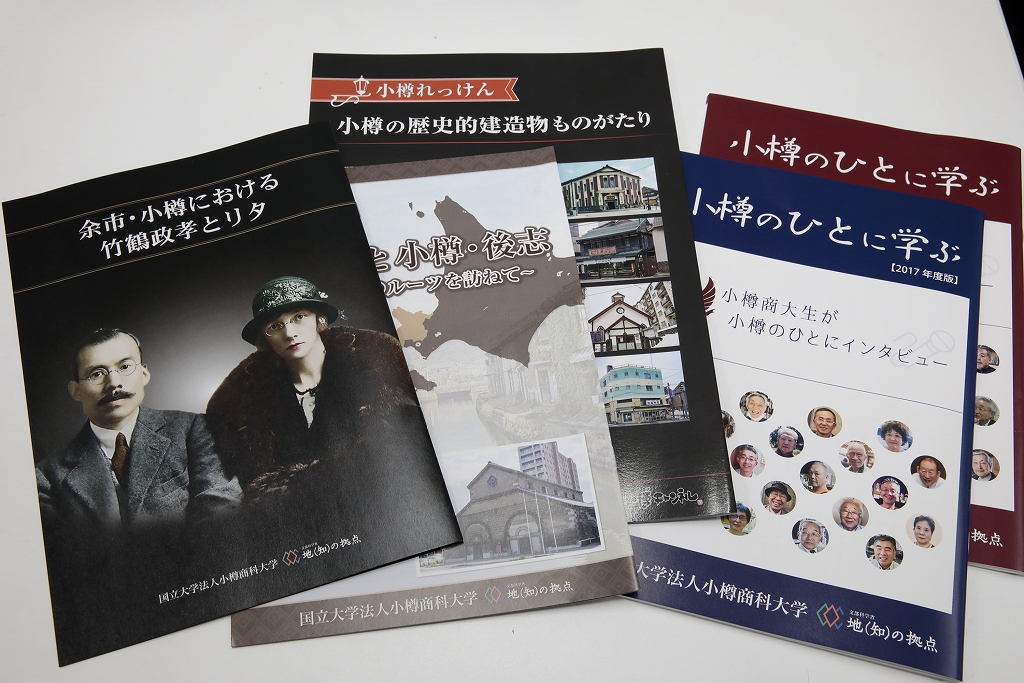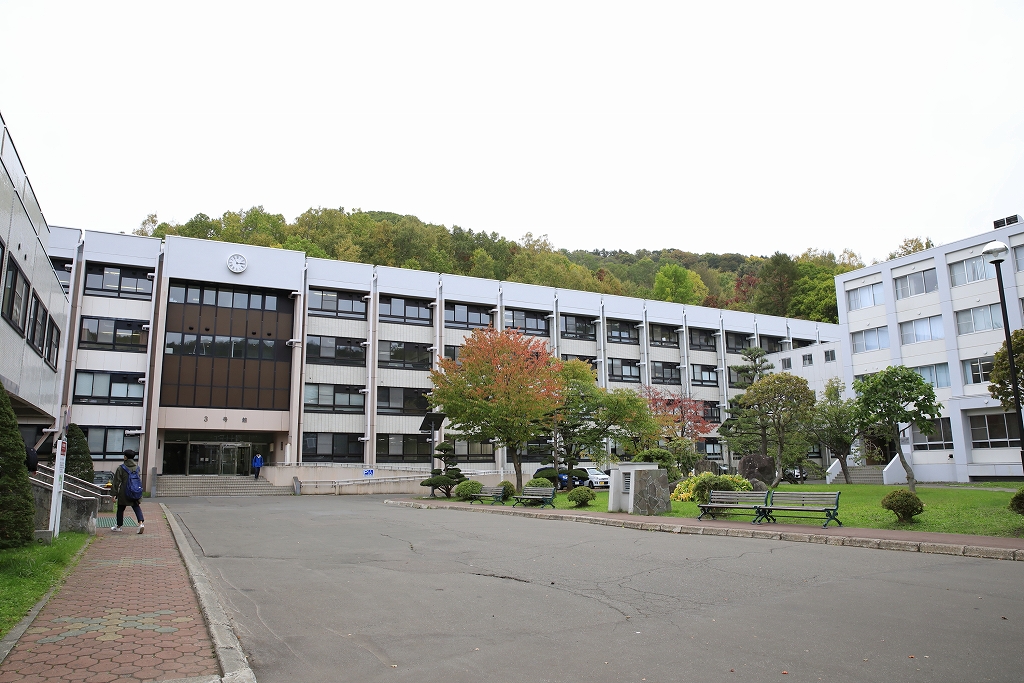
The view of Otaru from the university

The view of Otaru from the university
“Glocal” is a term coined from the words global and local. In order to survive amid this ever-competitive world, Otaru University of Commerce placed its trust in the development of glocal human resources. Its aim is to create an active base for the Hokkaido economy by nurturing glocal human resources with international horizons who can think regionally and act locally.
Takano Hiroyasu is active as a scientific researcher in the Research Support Division, which is responsible for business research aimed at activating the Hokkaido economy. His specialty is historical science and modern history but a special feature of his research is that he tackles things that are not usually covered in standard history studies, such as making the most of the region’s culture and history in its community development. The point is regional resources.

According to Prof. Takano, regional resources is a broad term for characteristics that exist in the region, such as nature, people, objects, events and the like.
After receiving the invitation from Yoichi Town, related parties were interviewed, in which episodes about the couple’s lifestyle and their frequent trips to Otaru were unearthed. Cakes were reproduced based on Rita’s recipes, and a Western-style confectioner in Otaru attempted to turn them into commercial products.
A TV drama based on Taketsuru Masataka was broadcast from 2014 and the research became a major topic of conversation. This research study of history and culture became a model case in the way it was connected to regional activation.

Booklets containing the results of the research
The next theme that Prof. Takano chose was the Kitamae-bune ships.
The Kitamae-bune ships were trading vessels that sailed between Osaka and Hokkaido via the Sea of Japan from the mid-18th century to the first few years of the 1900s. For Prof. Takano, this was a theme about which he had strong feelings, as his great-grandfather had sailed on the Kitamae-bune as a crewmember.
Prof. Takano researched the relationship between the Kitamae-bune ships and the warehouses, banks and confectionery shops dotted around Otaru. What was revealed was the link between historic role of the Kitamae-bune ships that created the foundation for Otaru’s development, and the Shiribeshi subprefecture that became the port of call.
Takano’s research was further boosted in FY2017, when the story surrounding the Kitamae-bune ships, proposed jointly by 11 communities including Hakodate, was acknowledged as a Japan Heritage.
According to Takano, “the Kitamae-bune ships linked Hokkaido with areas throughout Japan and delivered deep-rooted products to each region. Their existence was created with the help of a glocal viewpoint,” adding, “we want to contribute to the region through a project that makes use of this history.”

Otaru University of Commerce 
5-21 Midori 3-chome, Otaru, Hokkaido, Japan
TEL: 0134-27-5207
Website